Transform Your Space: The Ultimate Guide to Choosing Recessed Downlights for Every Room
When it comes to enhancing the aesthetics and functionality of your home, few elements can transform a space as dramatically as recessed downlights. These fixtures provide a sleek, unobtrusive lighting solution that not only illuminates a room but also highlights its architectural features and decor. However, choosing the right recessed downlights for each area in your home can be a daunting task, given the myriad of options available. From the living room to the kitchen, each space has unique lighting needs that can significantly impact its ambiance and usability. In this ultimate guide, we will explore essential considerations including light intensity, beam angle, and color temperature, empowering you to make informed decisions. Whether you're looking to create a cozy atmosphere in your bedroom or a bright, inviting feel in your workspace, understanding how to select the perfect recessed downlights will elevate your home design to new heights.
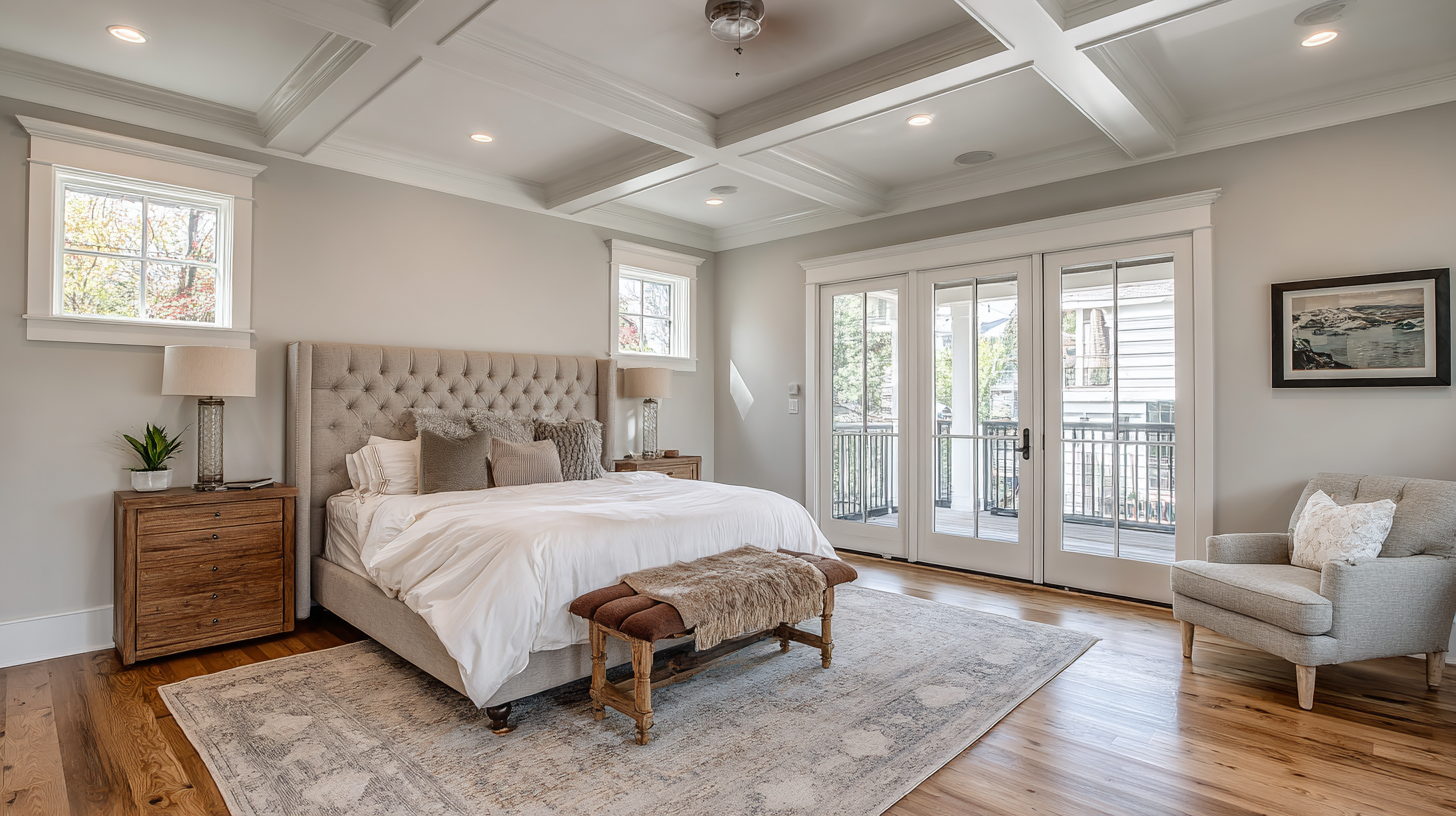
Choosing the Right Size: Dimensions for Recessed Downlights in Different Rooms
When it comes to choosing recessed downlights, the size and dimensions play a crucial role in determining the overall effectiveness and aesthetic of your space. According to the Illuminating Engineering Society (IES), the recommended beam spread for recessed lighting should correspond to the height of the ceiling and the intended purpose of the room. For instance, in standard 8-foot ceilings, 4-inch downlights with a 30-degree beam angle are generally ideal for living rooms where ambient lighting is desired. On the other hand, kitchens with higher ceilings might benefit from larger 6-inch fixtures to ensure adequate illumination.
Tips: When selecting the size of recessed downlights, consider the mounting height and the intended use of the room. A rule of thumb is to multiply the height of the ceiling (in feet) by 1.5 to determine the optimal spacing between fixtures. This ensures even light distribution and prevents hot spots or inadequate lighting in your space.
In more specialized areas, such as home offices or reading nooks, narrower beam spreads can enhance focus. The National Lighting Bureau recommends using 3-inch recessed lights with a narrower beam for concentrated tasks, ensuring the light is directed where it’s most needed. By carefully considering both the size of the fixtures and their layout according to room dimensions, you can achieve a well-lit, functional, and inviting environment.
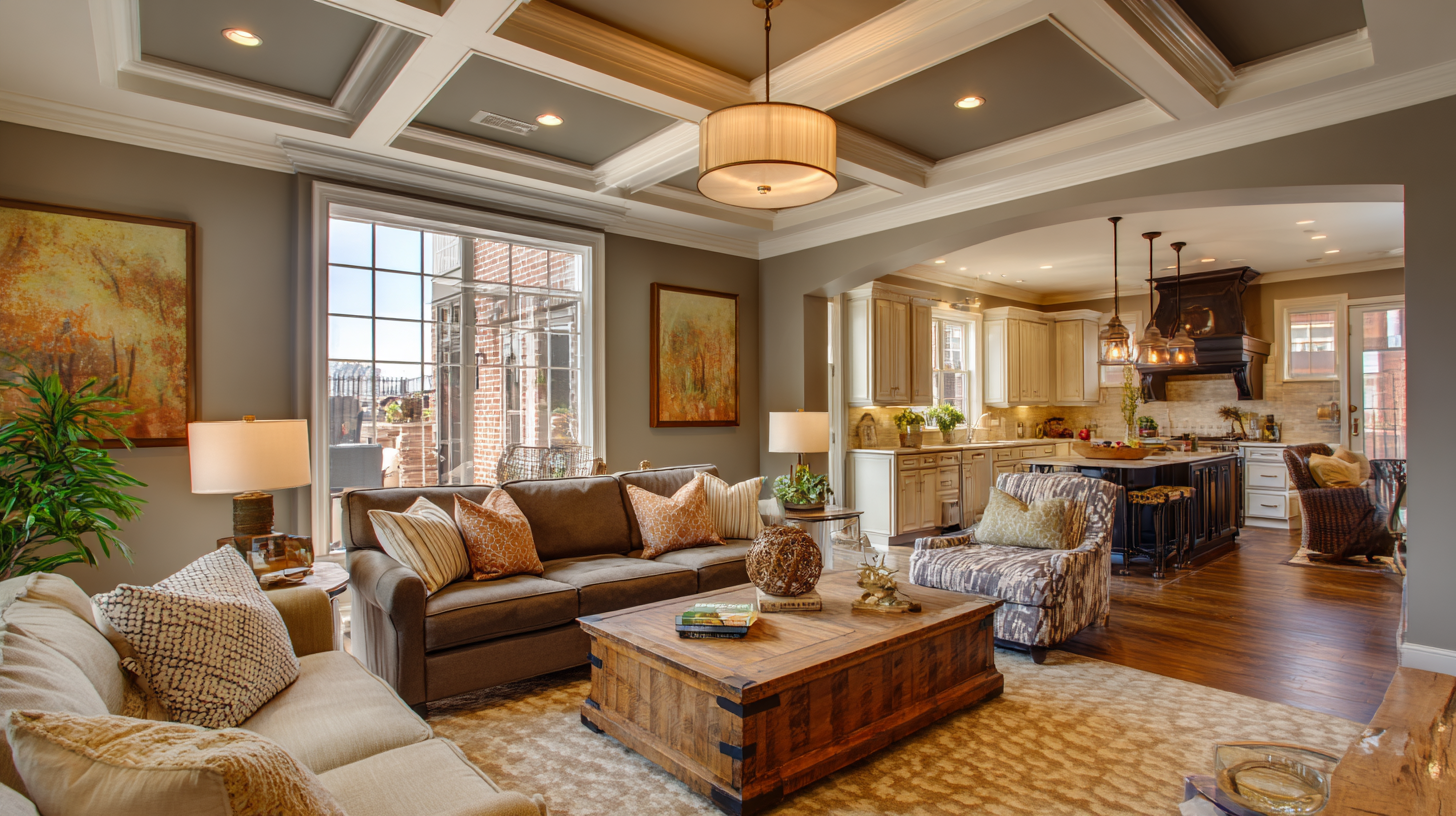
Understanding Light Output: Lumens and Their Impact on Room Brightness
When selecting recessed downlights for your space, understanding lumens is crucial as they measure the total amount of visible light emitted by a source. Unlike watts, which indicate energy consumption, lumens provide a clearer understanding of how bright the light will be in a room. For instance, in a kitchen or workspace, a higher lumen output—typically around 500 to 800 lumens per fixture—is necessary to ensure adequate visibility for tasks. On the other hand, softer lumens, ranging from 300 to 500, are ideal for living rooms or bedrooms, creating a cozy and inviting atmosphere.
Moreover, the distribution of lumens across your room also plays a vital role in achieving balanced lighting. Considering the height of your ceiling and the spacing of your downlights can affect how light is spread and perceived. Strategic placement can minimize shadows and enhance the overall brightness. Thus, calculating the required lumens based on your room size and function will help you create an effective lighting design that enhances your space while catering to its specific needs.
Color Temperature Matters: Selecting the Perfect Hue for Your Space
When selecting recessed downlights for your space, understanding color temperature is crucial. The color temperature is measured in Kelvin (K) and plays a significant role in setting the mood and functionality of a room. For instance, a warm white light (around 2700K) is ideal for cozy spaces such as living rooms and bedrooms, creating an inviting atmosphere that encourages relaxation. In contrast, a cooler white light (above 4000K) is better suited for areas that require focus, like kitchens and home offices, where clarity and concentration are paramount.
Additionally, when choosing the right hue for your space, consider how different color temperatures affect the appearance of your decor and furnishings. A cooler temperature can enhance the aesthetic of modern interiors, highlighting sleek lines and sharp contrasts. Meanwhile, warm lighting tends to soften features and bring out the richness in colors, making it particularly effective for spaces filled with natural materials, like wood and stone. By thoughtfully selecting the right color temperature for your recessed downlights, you can transform every room into a harmonious environment that reflects your personal style and meets your functional needs.
Placement Strategies: Arranging Recessed Lights for Optimal Effectiveness
When it comes to strategically placing recessed downlights, achieving optimal effectiveness goes beyond mere aesthetics; it also involves addressing functional needs and energy efficiency. A well-planned lighting design can significantly enhance accessibility, especially for individuals with visual impairments. According to the World Health Organization, approximately 39 million individuals are blind globally, emphasizing the need for thoughtful interior design that incorporates effective lighting strategies. By ensuring that recessed lights are placed at appropriate heights and angles, spaces can be made more navigable and welcoming.
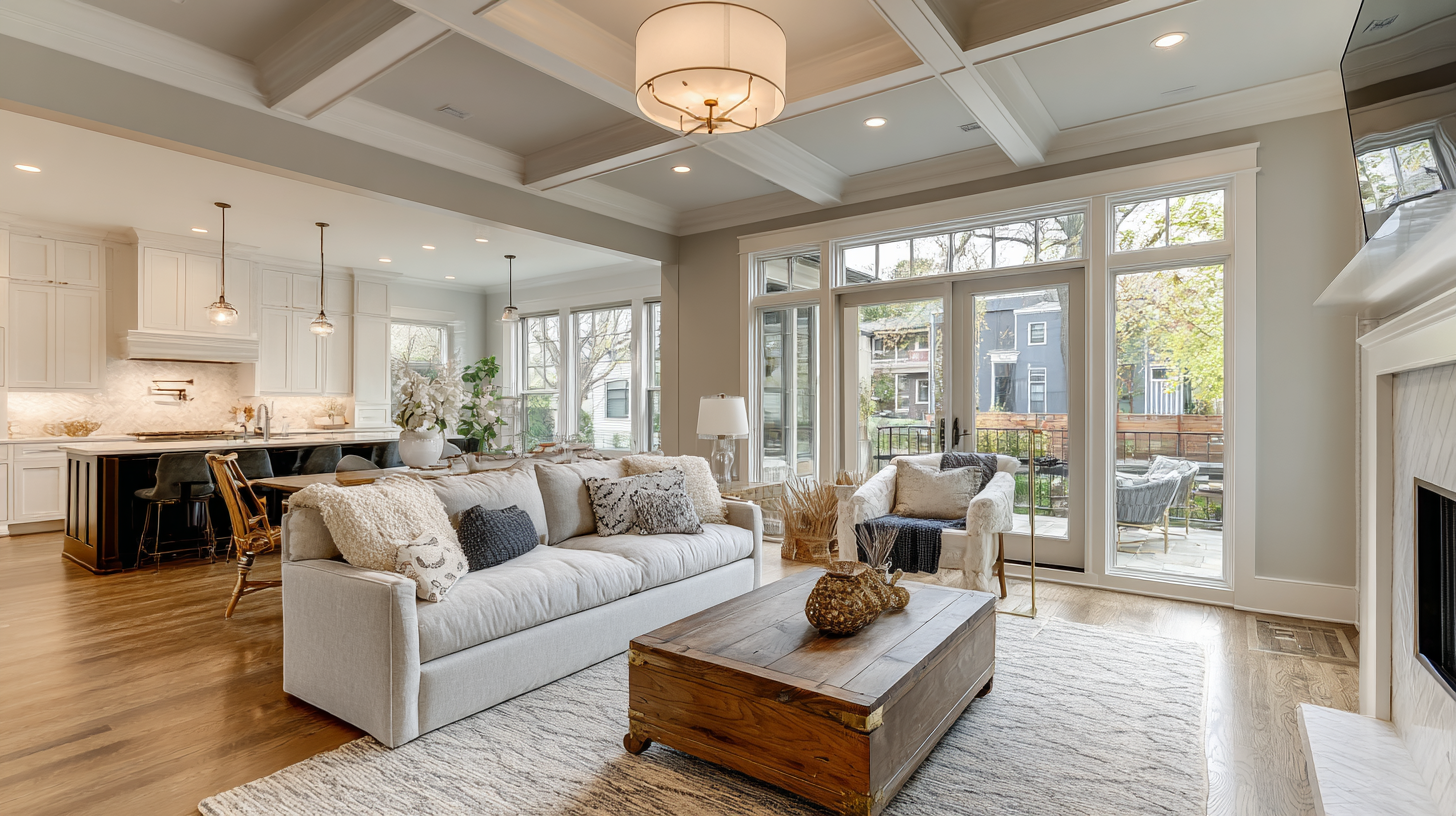
Additionally, integrating energy-efficient lighting systems within a building can lead to substantial operational savings. Research highlights the importance of intelligent lighting control systems in maximizing daylight harvesting, indicating that buildings optimized for natural light can reduce energy consumption dramatically. A recent study on daylight harvesting efficiencies reveals that with the right placement of recessed lights complemented by natural light sources, energy savings can reach up to 30% in office environments. Thus, understanding the optimal arrangement of recessed downlights not only improves the visual landscape of a space but also fosters a more sustainable, energy-efficient design approach.
Energy Efficiency Tips: Maximizing Performance with LED Downlights
When it comes to enhancing energy efficiency in your home, LED recessed downlights are an excellent choice. These fixtures consume significantly less power than traditional incandescent bulbs, which allows you to lower your electricity bills while still enjoying bright, effective lighting. Additionally, LED technology has advanced to offer a variety of color temperatures, enabling you to create the right ambiance for each room, from warm and cozy to cool and refreshing.
To maximize the performance of your LED downlights, consider the placement and spacing of each fixture. Proper alignment can help distribute light evenly, reducing shadows and improving visibility throughout the room. Furthermore, using dimmer switches can enhance energy savings by allowing you to adjust the intensity of the light based on the time of day or the mood you want to create. Lastly, ensure that your downlights are well-insulated to prevent heat loss, which not only improves energy efficiency but also protects the longevity of the lighting fixtures.
Energy Efficiency of Different Types of Downlights
Related Posts
-
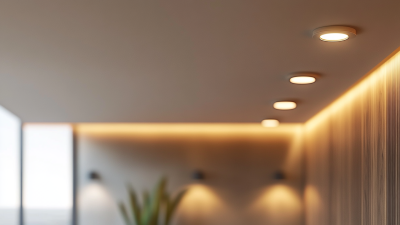
Mastering the Art of Selecting Recessed Downlights for Your Space
-

The Evolution of Recessed Lighting for Modern Spaces
-

How to Maximize Energy Efficiency with Recessed Lighting: Insights and Tips from Industry Data
-
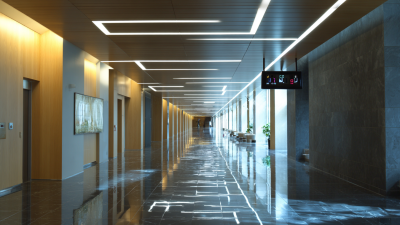
The Future of Energy Efficient Spaces with Best Led Recessed Lighting
-

Global Market Insights for Best Recessed Lighting Toward 2025 and Beyond
-
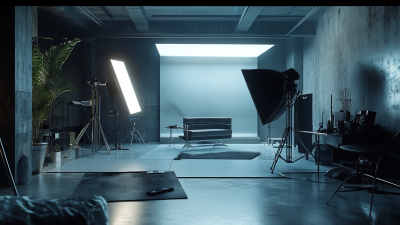
Exploring the Unique Features and Applications of Diverse Lighting Solutions
